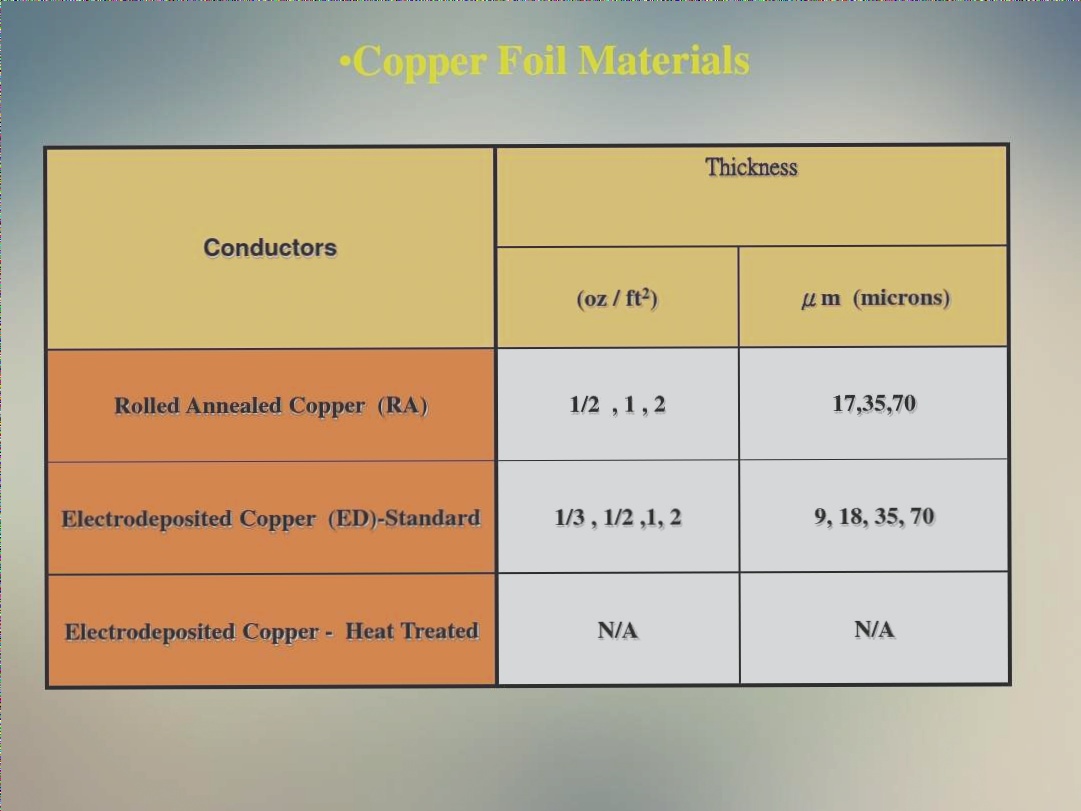PCBA Functional Testing: Ensuring Circuit Board Performance
PCBA (Printed Circuit Board Assembly) functional testing is crucial for verifying the proper functioning of circuit board components. This testing process involves various methodologies to validate performance and reliability:
1. Electrical Testing:
- Check electrical connections, voltages, currents, and other parameters.
- Use test fixtures, multimeters, and oscilloscopes for accurate measurements.
2. Functional Testing:
- Evaluate individual component operations through simulation or input signals.
- Example: Test control circuit responses by inputting commands and signals.
3. Communication Test:
- Confirm proper communication with other equipment or systems.
- Test data transmission for serial and network communication interfaces.
4. Temperature Testing:
- Assess board performance under varying temperature conditions.
- Crucial for boards operating in extreme temperature environments.
5. Reliability Testing:
- Evaluate board reliability through extended operation or environmental simulations.
- Includes vibration, shock, and temperature cycling testing.
The ultimate objective of PCBA functional testing is to ensure that circuit boards function correctly in real-world scenarios, meeting design specifications. Thorough testing improves product quality, reduces failure rates, and aligns with customer expectations.


